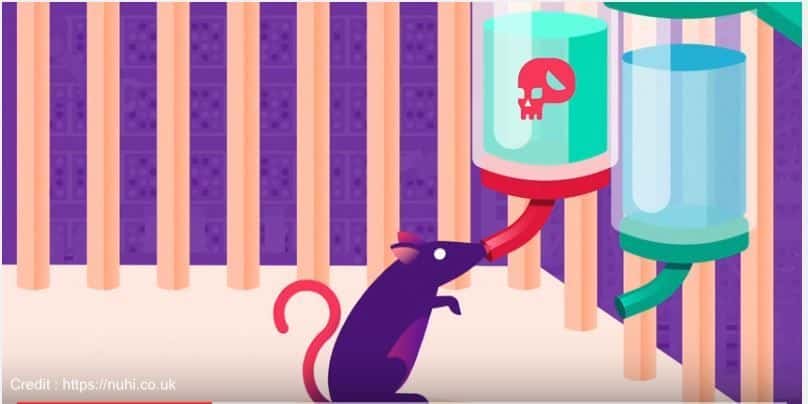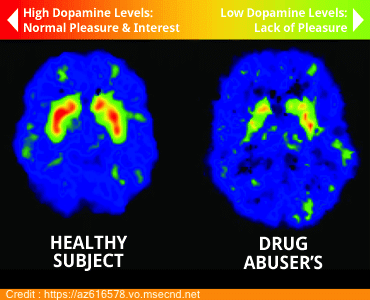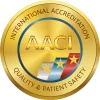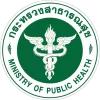Johann Hari’s NY Times bestseller about the causes of addiction and depression brings a lot to the table. So did his TED talk in 2015 at the TED Global conference in London titled “Everything you know about Addiction is wrong”. But does Hari’s notion that the lack of connection in people’s lives is the root cause of addiction hold ground? Can connection really prevent or be the cure for addiction? Let’s take a look at Hari’s proposition and what it entails.
Johann Hari’s Premise
According to Hari, it’s not brain chemistry that decides addictions or drug use. It’s more about the environment the individuals were part of and their social influences. How did he come to this conclusion? He travelled over 40,000 miles to nine countries to meet social scientists who were discovering that depression isn’t caused by chemical imbalances in the brain or by faulty genes, but as a result of faulty social environments that individuals were subjected to.
An example that Hari uses as part of his TED talk case is that of a grandmother going in for hip replacement surgery. While in the hospital for a few weeks the grandmother is treated with diamorphine to ease her pain. Hari explains that while the heroin bought on the streets is never 100% pure, diamorphine is the purest form of heroine. Technically, addictions to drugs are said to develop after 21 days of continued use. Yet when the grandmother comes out of the hospital after three weeks, she hasn’t turned into a drug addict. Although the risk factors for addiction in the hospital were higher, most people who are treated in hospitals with diamorphine do not turn out to be addicts at all. Hari thus contradicts the universal belief in drug induced addiction.
Hari uses the decriminalisation efforts of the Portuguese government as an example of how connection can help drug addicts break free of their addictions. Around 2000, Portugal had nearly 1 percent of its population addicted to heroin. Their war on drugs only made matters worse. So they did something different. Drugs were decriminalised and the money that was once spent on arrests and jailing addicts was redirected to reconnect them. The government helped them get housing and subsidised jobs, and entered them into treatment programmes. As a result, 15 years later drug use in Portugal was down 50 percent.
Hari also cites the Rat Park experiment to explain why individuals who are connected do not become drug addicts and individuals who reconnect find it easier to stop substance abuse. For example, the rats in the Rat Park which was more like a rat heaven did not opt to take morphine although they had an ample supply of it. It was only the rats that were in isolation that drank morphine. Hari examines the social factors that are causes of addiction – trauma, loneliness, hardship, disconnection and more – and submits that reconnection and finding methods of reconnecting may really be the cure for addiction and other psychological conditions such as depression and anxiety. And that reintroducing an individual to society, giving them a reason to wake up in the morning and making them feel like a part of something is the key to fighting drug addiction.
What is ‘The Rat Park’?
The Rat Park was a study conducted by Bruce Alexander, and looked at drug addiction among rats in the 1970s. He conducted the study with colleagues at the Simon Fraser University in British Columbia and published his paper in 1981 in the Psychopharmacology journal.
Alexander’s study was based on the hypothesis that addiction isn’t caused by drugs or their addictive properties, but by living conditions of the subjects. He built a large housing colony for rats that was 200 times the size of standard cages. The cage was filled with food, playing wheels, colourful balls, plenty of mating space and about 16 to 20 rats. This cage was a sort of rat heaven and was called The Rat Park.
Groups of rats spent varying amounts of time in The Rat Park or in isolation. The rats had the option of drinking fluid from two drop dispensers; one dispensed water while one dispensed morphine.
Alexander found that the rats in isolation instantly took to the morphine; and later still opted for the morphine although they were also given a choice of water. The rats in The Rat Park did not. The Rat Park rats tried the morphine occasionally but rejected it in preference for water. Alexander found that the rats in isolation drank 19 times more morphine than those in The Rat Park. However, the rats in the Rat Park preferred communal activities like eating, playing, mating and fighting.
Alexander found the most interesting group to be the ones that started out in isolation and later moved to The Rat Park. Although these rats had been drinking only morphine while in isolation, they rejected the morphine when they entered The Rat Park and opted for plain water. He wrote that this group showed minor signs of withdrawal such as twitching, but no seizures or sweats. Alexander’s experiment proved that although rats in isolation chose drugs, the rats in The Rat Park did not choose drugs though they were easily available. He found that affinity of isolated rats or people to drugs differed from the response of normal rats or people to drugs. Alexander said that ‘normal’ people can ignore drugs even when it was amply available in their environment.
Does The Rat Park Situation Apply to Humans?
Although Hari applies The Rat Park situation to humans and claims that connection is the cure for addiction, it’s not as clear cut as that. As Dr. Adi Jaffe points out, life is not stress free. Individuals suffer from imperfect marriages, psychological and physical abuse, depression, dietary limitations, wars and trauma. Earth is not a utopia, and individuals affected by traumatic experiences, bad circumstances, or biological problems may struggle with drugs. Jaffe also expands that “genetic differences, neonatal circumstances and early nutrition can alter brain mechanisms making people more or less susceptible to trauma”. Yes, many people can use drugs without getting addicted; but some individuals have a greater need for alternate coping mechanisms and the temporal relief that drugs provide them. Also, while connection may be a vital step on the road to recovery, Hari was not the first to discover this. 12-step programmes such as Alcoholics Anonymous and Narcotics Anonymous were putting alcoholics and drug addicts into groups where they could form support systems that provide them with real and reliable connections decades before The Rat Park experiment.
The Rat Park exhibits that environment is one of the important risk factors for addiction development. But the premise that you take a rat out of the cage and he will automatically be fine is false when applied to humans. Hari touts lack of connection to be the singular cause of addiction, and that people who feel caged form addictions to drugs and other bad habits. But simply taking drugs away from an addict or putting him into a work programme is not enough. The addict has to be taught how to deal with his environment. He has to learn how to handle the triggers that cause him to shoot up or to smoke or drink. Depending on the substance being abused, he may have to detox slowly under guidance of a doctor to prevent the adverse withdrawal symptoms like seizures or black outs.
The Rat Park scenario ignores or minimises the physical component of addiction. Although some addictions may start off as a result of social influences or mental problems; that in no way negates the effect that the drug has on the person’s chemical and physical processes. The brain’s dopamine receptors play an important part in continuing the addiction cycle. Once hooked, the individual may become dependent on drugs or alcohol no matter how connected they are.
Where Does Addiction Begin?
There are many risk factors for addiction – trauma, pain, genetic tendencies, social and environmental factors, loneliness, anxiety, etc. All of these factors play a part when the addict continues using the drugs or alcohol. The need to get high becomes greater when the brain’s natural neuroplasticity is changed. Neuroplasticity is the process in which the brain is hardwired to carry out the choices that are repeated the most. In other words, a habit is establishing in the brain. The short lived dopamine spikes that give pleasure soon convert a slight affinity for the drugs and alcohol into a full-fledged addiction. Drug users do not think of the possible consequences at the time they use. They only think of the pleasure or numbness they will experience. They use to escape the pain of reality. The consequences and remorse come later. Drug and alcohol use might start as a coping mechanism or form of self-medication to deal with underlying issues. Often it is manageable at the onset. However, it can escalate into an addiction.
Looking at Addiction as a Disease
In 1956, the American Medical Association declared addiction as a treatable disease. Although it can be difficult for the addict or their loved ones to see addiction as a real disease, medical opinion generally believes that it is a progressive and dangerous chronic condition that may result in death if left untreated. Looking at addiction as a disease opens the door to treatment and management.
Like other diseases, the causes of addiction can be environmental, behavioural, neurological, biological or genetic factors. This can be exacerbated by the easy availability of alcohol and drugs. The primary symptoms of the disease model of addiction are desensitisation of the brain’s reward circuits, increasing conditioned responses to the drug or alcohol, and a reduced functioning of those regions of the brain that facilitate self-regulation and decision-making.
Addiction is labeled a disease because drug use changes the brain and, as a result of these changes, drug use becomes compulsive and beyond the control of the user.
The Addicted Brain and Pleasure
The satisfaction of the body’s natural needs such as food, drink and sex result in a feeling of pleasure. This pleasure is caused by the release of certain chemicals such as dopamine in the brain. Addictive substances such as drugs and alcohol cause the dopamine receptors to release more dopamine, which result in more intense feelings of pleasure. As this cycle continues, the brain gets used to it and needs more.
Continual release of dopamine changes the brain’s reward and motivation systems over time. The addicts become vulnerable to the triggers they associate with the substance; they experience cravings for the substance and increase usage despite the negative consequences. The pleasure gained from normal activities fades in comparison to the highs produced by the addictive substances. Addicts may disconnect with family and friends, and continue usage even when faced with loss of life or limb. Some addicts behave in a normal way in public while hiding their substance use from family, friends and colleagues.
What are the Risk Factors for Addiction?
Risk factors are factors that increase the chances of an individual contracting a disease. Although anyone can develop an addiction to drugs or alcohol, there are a number of factors that increase the chances of addiction.
Genetics
Individuals with close relatives or ancestors with addiction problems have a higher risk of developing them. It may depend on the way the dopamine receptors in our brain respond to the stimulation by substances and how much of the ancestral genes are transferred to us.
Family Behaviour
Individuals who that grew up in a dysfunctional or an abusive environment are at greater risk for addiction.
Gender
Males are at a higher risk of substance addiction than females.
Age when first consuming the substance
Individuals who start consuming alcohol or doing drugs earlier in life have a higher risk of becoming addicted.
Peer pressure
Doing drugs or consuming alcohol as a means of gaining acceptance is one of the main risk factors for addiction among the younger generation.
Stress
High stress levels increase chances of an addiction. Alcohol and drugs often find use as stress relievers, and individuals are at a higher risk of addiction when under stress.
Physical reactions
Different individuals metabolise drugs and alcohol in different ways. Individuals who need higher doses to feel pleasure end up having a higher risk of substance addiction.
Mental conditions
Individuals who have experienced trauma or are suffering from depression and other mental conditions have a greater risk of becoming addicted to alcohol or drugs.
Loneliness
Individuals without a support system or attachment to a community are at higher risk of becoming addicted because loneliness often leads to the consumption of substances as a way of coping with feelings.
The substance being consumed
The nature of the substances being consumed is one of the risk factors for addiction. For example, an individual consuming alcohol for a few weeks may have a lower chance of becoming addicted than individuals consuming opioids because an intense feeling of euphoria is produced by opiates. Additionally physical withdrawal symptoms are more likely to occur even after short term opiate abuse.
What is the Cure for Addiction?
There is no known cure for addiction, but there are ways to manage and treat it. Treatment helps sufferers to reduce their dependence on drugs or alcohol. Addiction therapy involves the addict going to a drug and alcohol rehab centre and undertaking treatment for the substance abuse under the guidance of trained professionals. The therapists and doctors help the patient to detox safely from the drugs and to replace negative behaviours and tendencies with positive ones. The addict is trained to notice triggers that lead to drinking or drug abuse and to invest their time in a positive behaviour or activity whenever they feel the urge to use drugs. Cognitive-based therapy, 12 steps programme and mindfulness-based therapy are some of the methods used in the treatment of substance addictions.
The Dawn Drug Rehabilitation Centre in Thailand
The Dawn provides a safe, peaceful environment where you or a loved one can address addiction with the support of peers and a team of skilled addictions counsellors. Our innovative and non-religious approach to treatment combines the best Western treatment models with ancient Eastern practices like meditation, mindfulness, yoga and therapeutic massage.
We have a full time doctor and 24 hour nursing care so you can detox onsite in the comfort of a stylish private room with a/c, satellite TV, and attached bathroom. As well as addiction, we treat a wide range of co-occurring disorders including trauma, depression and anxiety.
Our addictions specialists are ready for your call and will be happy to explain how The Dawn will help you or your loved one move forward to a healthier, more fulfilling future. Contact us now for expert help.
Related Posts
 New Evidence that Alcohol Addiction is Genetic
The causes of addiction are complicated. They include childhood experiences, traumatic experiences, mental health issues, and learned behavior. One of the biggest factors in addiction appears to be genetics, accounting...
New Evidence that Alcohol Addiction is Genetic
The causes of addiction are complicated. They include childhood experiences, traumatic experiences, mental health issues, and learned behavior. One of the biggest factors in addiction appears to be genetics, accounting...
 How Chester Bennington’s Dark Passengers Shaped His Life: Child Abuse, Addiction and Depression
The late Chester Bennington is best known as the lead singer of Linkin Park, where his emotional and higher-pitched vocals accompanied the sounds of Mike Shinoda, the group’s main rapper....
How Chester Bennington’s Dark Passengers Shaped His Life: Child Abuse, Addiction and Depression
The late Chester Bennington is best known as the lead singer of Linkin Park, where his emotional and higher-pitched vocals accompanied the sounds of Mike Shinoda, the group’s main rapper....
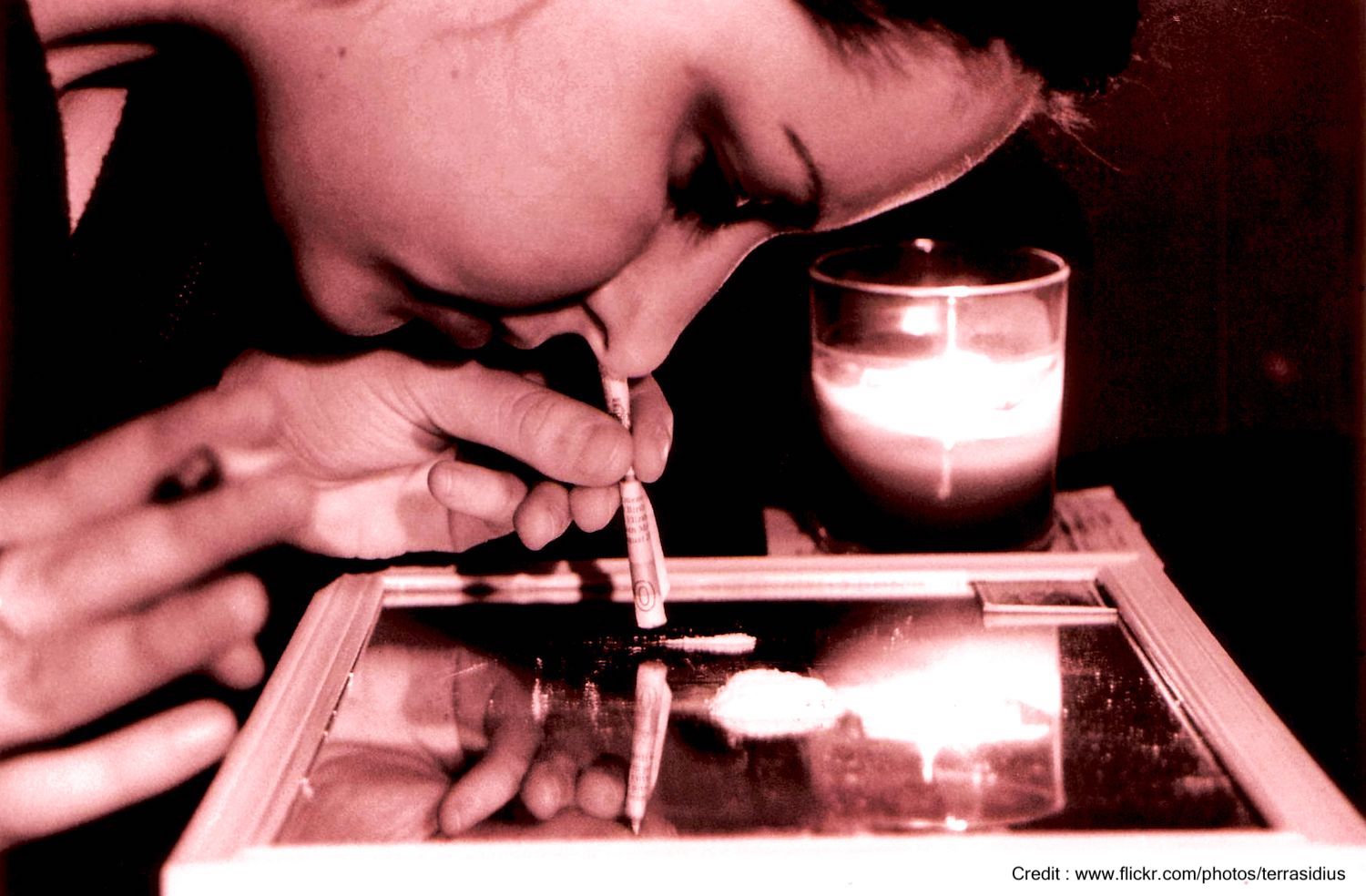 Why is Cocaine So Addictive?
Cocaine was involved in nearly 16,000 overdose deaths in the US in 2017 and the UN estimates between 14 million and 21 million people use cocaine worldwide. Cocaine use can...
Why is Cocaine So Addictive?
Cocaine was involved in nearly 16,000 overdose deaths in the US in 2017 and the UN estimates between 14 million and 21 million people use cocaine worldwide. Cocaine use can...
 Non-Substance Addictions: Is Gambling, Sex & Internet Ruining Your Life?
When people think of addiction they usually imagine someone who drinks too much alcohol or has a drug habit – but addictive behaviours can be just as destructive as chemical...
Non-Substance Addictions: Is Gambling, Sex & Internet Ruining Your Life?
When people think of addiction they usually imagine someone who drinks too much alcohol or has a drug habit – but addictive behaviours can be just as destructive as chemical...


